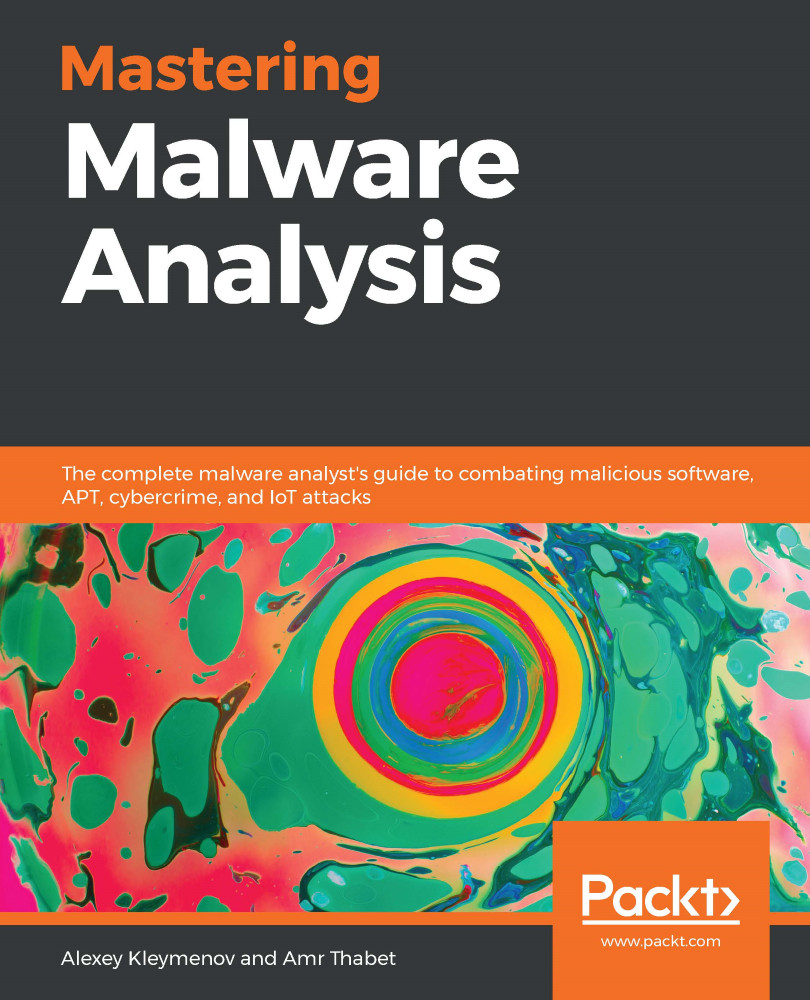Sandboxes are sometimes easier to detect. They have lots of default settings that malware authors can use to identify them. The usernames could be default values, such as cuckoo or user. The filesystem could include the same decoy files and the same structure of the files (if not, then the same number of files). These settings can be easily detected for commonly used sandboxes, without even looking at their known tools and processes.
Another way to evade sandboxes is to avoid performing malicious activities in their analysis time window. These sandboxes execute malware for several seconds or minutes and then collect the necessary information before terminating the virtual machine. Some malware families use APIs such as Sleep to skip the execution for quite some time or run it after a machine restart. This trick can help evade sandboxes and ensure that they don't collect important information, such as C&C domains or malware-persistence...


